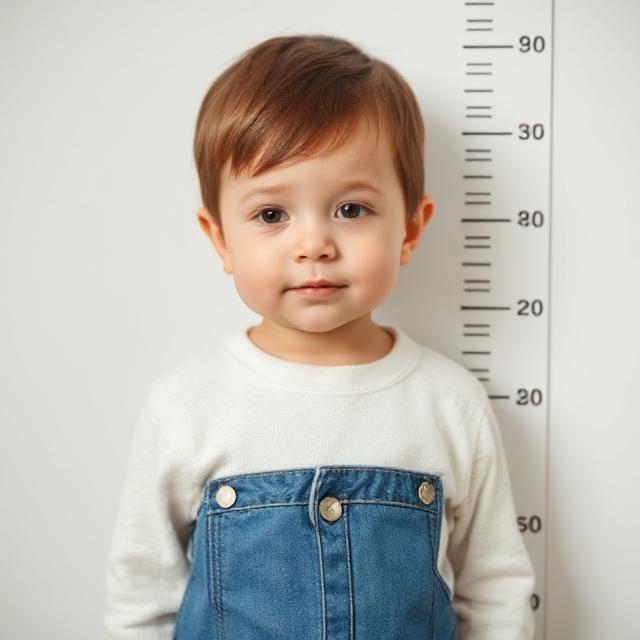Why Child Height Matters
Tracking your child’s height according to age is one of the easiest and most important ways to monitor their overall growth, nutrition, and health. Height can be an early indicator of issues like growth hormone deficiency, malnutrition, or chronic illness.
Pediatricians use growth charts based on international standards to assess whether a child is growing normally for their age and gender.
📊 WHO Growth Chart Standards: Height by Age
Here’s a simplified reference of average height ranges for boys and girls based on WHO and CDC standards:
| Age | Boys (cm) | Girls (cm) |
|---|---|---|
| 1 year | 72–80 | 70–78 |
| 2 years | 83–92 | 82–90 |
| 3 years | 89–98 | 88–97 |
| 5 years | 103–112 | 102–111 |
| 7 years | 115–125 | 114–124 |
| 10 years | 130–140 | 129–139 |
| 13 years | 145–158 | 144–157 |
| 15 years | 160–173 | 157–170 |
| 18 years | 170–180 | 162–172 |
📌 Note: These ranges are averages. Genetic, ethnic, and environmental factors affect growth patterns.
🧬 Factors That Affect Child Height
Several elements influence a child’s height potential:
🧬 1. Genetics
- Parental height is the strongest predictor.
- Mid-parental height formulas can estimate expected range.
🍽️ 2. Nutrition
- Protein, calcium, vitamin D, and iron are crucial.
- Malnutrition can delay or stunt growth.
🛌 3. Sleep and Hormones
- Growth hormone is mostly released during sleep.
- Poor sleep affects growth.
🏃 4. Physical Activity
- Regular exercise and outdoor play promote bone strength and height.
🦠 5. Chronic Illness or Disorders
- Conditions like hypothyroidism, growth hormone deficiency, or kidney disease may impair growth.
📏 How to Measure Your Child’s Height Correctly
- Use a stadiometer or flat wall with a scale.
- Child should be barefoot, standing straight with back and heels touching the wall.
- Ensure the chin is level (Frankfort plane).
- Take measurements at the same time of day for consistency.
🚩 When to Worry About Height
Consult your pediatrician if:
- Your child’s height is below the 3rd percentile
- Growth has slowed down or stopped suddenly
- There’s a large gap between height and weight percentiles
- Puberty is delayed beyond the usual age
📅 Growth Monitoring Schedule
| Age Group | Recommended Check-up |
|---|---|
| 0–2 years | Every 3–6 months |
| 2–10 years | Once a year |
| 11–18 years | Every 6–12 months during puberty |
🛡️ Promoting Healthy Growth in Children
- Offer a balanced diet with sufficient protein, fruits, and vegetables.
- Encourage daily exercise and playtime.
- Ensure 7–10 hours of sleep depending on age.
- Address emotional stress or anxiety, which can affect hormones.
- Keep vaccinations and health screenings up to date.
✅ Final Thoughts
Tracking your child’s height according to age is a powerful tool to detect growth problems early. Every child grows at their own pace, but sudden changes, delays, or consistent deviation from standard height curves should be evaluated by a pediatrician.
📌 Visit medscapeus.com for more child growth tips, nutrition advice, and early development insights — backed by expert medical guidance.




